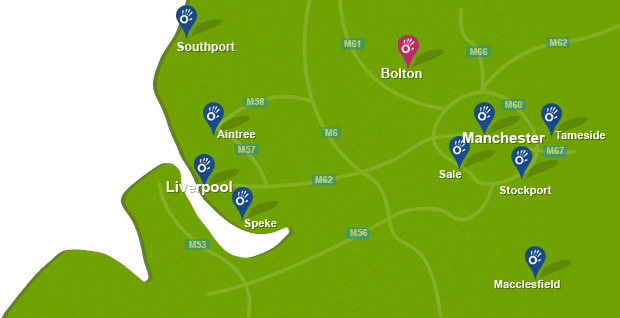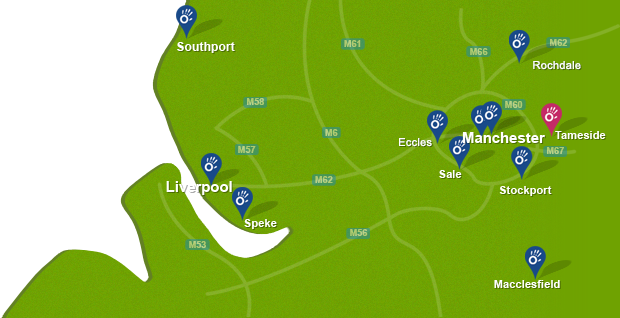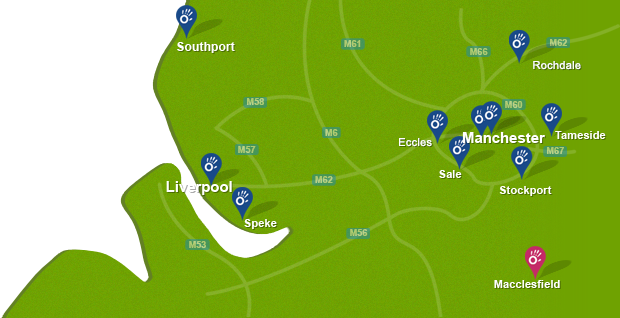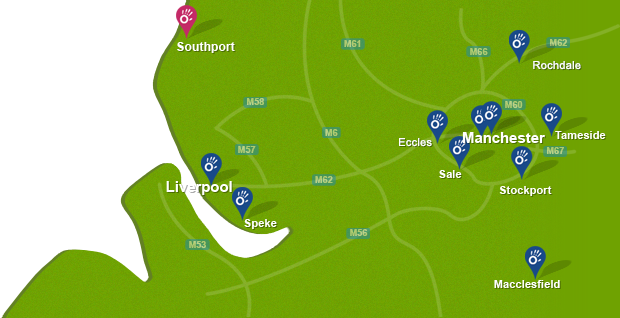Delayed onset muscles soreness (DOMS) is a gradually increasing discomfort of pain and stiffness felt in the muscle post exercise.
DOMS can be felt between 24 and 48 hours after activity. DOMS can be a normal response to over exertion and is part of an adaption process that leads to greater stamina and strength in the muscles. DOMS are the result of microscopic tearing of the muscle fibers. The amount and the severity of muscle tears are dependent on the degree of soreness. Eccentric movements (contracting of the muscle while it lengthens) are the most common lead to DOMS. Massage can be used to prevent and treat symptoms of DOMS.
Massage to treat DOMS is an effective and beneficial treatment to aid an athlete's recovery from intense exercise so they are able to continue training. It enables an athlete to maximise training and achieve optimal performance. Massage therapists at Manchester Physio provide a range of massage therapy services to prevent and treat delayed onset muscle soreness.
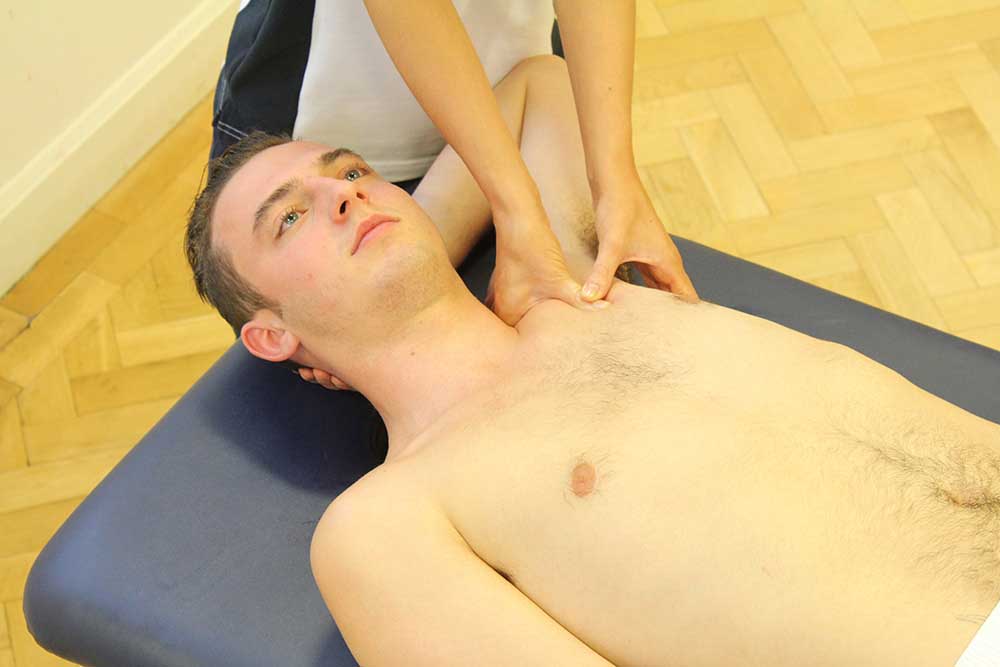 Above: Targeted massage of pectoralis major to address dealyed onset muscle soreness
Above: Targeted massage of pectoralis major to address dealyed onset muscle sorenessWhat types of massage are mainly used for delayed onset muscle soreness?
At Manchester Physio our massage therapists use a variety of massage techniques delayed onset muscle soreness.
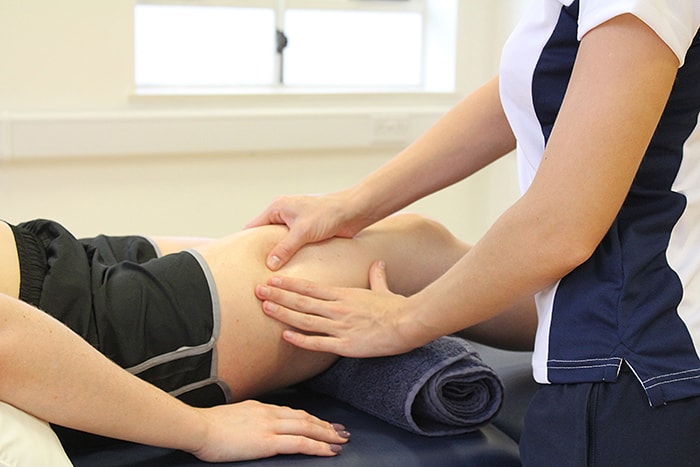
Common techniques used to prevent delayed onset muscle soreness include: There are a range of massage techniques can be used to prevent symptoms of DOMS. Massage to prevent DOMS is performed before exercise. Massage before an event is designed to prepare an athlete for optimal performance, reduce fatigue, relieve muscle swelling and reduce tension. Deep tissue techniques such as petrissage, kneading and rolling apply pressure to the muscle, increasing temperature and blood circulation. An increase of temperature allows the muscle to relax, reducing any tightness. Massage helps to alleviate pain and prevent injuries that may affect athletic performance.
Common techniques used to treat delayed onset muscle soreness include: Trigger pointing and acupressure can relieve soreness to specific areas. Trigger pointing and acupressure are similar techniques that isolate an area of pain by applying direct pressure and relieving symptoms. The high pressure on a specific area causes reduced blood flow, cellular damage and the removal of waste products. Trigger pointing deliberately causes the blockage of blood to an area so that upon release, there will be an inflammatory response and a resurgence of blood. Lymphatic drainage is an effective massage technique that stimulates the body's healing process by increasing lymphatic flow. The lymphatic flow allows natural drainage of waste products to occur and the healing process to begin.
What are the massage benefits for preventing and treating delayed onset muscle soreness?
Massage to prevent and treat delayed onset muscle soreness has many benefits.
The benefits of massage to prevent delayed onset muscles soreness include: Massage is a beneficial treatment to prevent DOMS by alleviating pain, relieving tight muscles and increasing flexibility.
Massage helps prevent DOMS by alleviating pain. After intense activity muscle fatigue and soreness can be the effect of microscopic tears and lactic acid build up within the muscle. The increase of muscle enzymes in the blood after exercise causes damage to the muscle fibres and cell membrane. This damage is responsible for localised pain, tenderness and swelling associated with DOMS.
Massage help prevent DOMS by relieving tight muscles. Massage increasing temperature of soft tissues allowing them to relax. When a muscle relaxes, the muscle fibres are loosened and movement is increased. Relaxed muscles prior to exercise can prevent any tightness building up during and after exercise.
Massage also helps prevent DOMS by increasing flexibility. Massage can be used pre event to stretch out and elongate muscles. An increase of flexibility prevents muscle tightness and reduces the risk of injury.
The benefits of massage to treat delayed onset muscle soreness include: Massage to treat DOMS has many benefits. The benefits of treating DOMS are decreased muscle soreness, reduced muscle tightness and maintaining muscle flexibility.
Massage helps treat DOMS by decreasing muscle soreness. Muscle soreness is a symptom of DOMS. Small rips to the muscle fibers can cause inflammation and produce soreness. Massage can assist the healing of damaged fibers by increasing blood circulation. Increased blood circulation provides an increase of oxygen and nutrients to an area. An increase of oxygen and nutrients can help repair fibers, decreasing inflammation and pain.
Massage can help reduce muscle tightness caused by DOMS. Tightness of muscles can be a common symptom associated with DOMS. Massage can work directly onto the areas of tightness, restoring blood flow and relaxing the muscles.
Massage also helps to treat symptoms of DOMS by maintaining flexibility. Tightness and soreness due to DOMS can restrict flexibility and range of movement. Massage stretches and elongates muscles which release tension and restores movement. Massage helps to maintain tissue elasticity and prevent muscle fibers from shortening. Maintenance of flexibility in the muscles is important to prevent injuries from occurring.
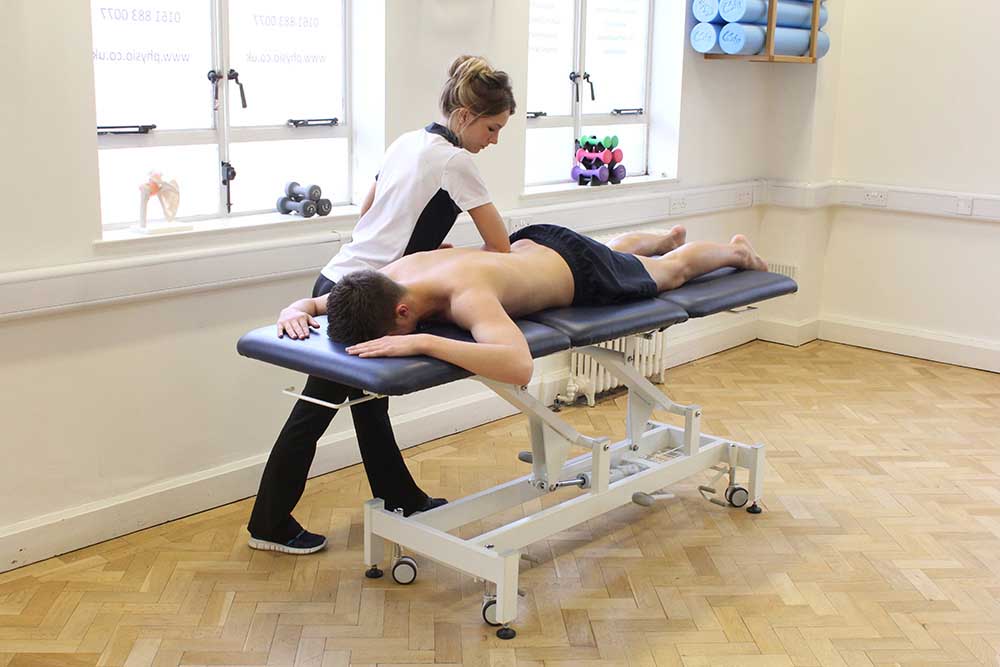 Above: Deep tissue massage of lower latissimus and lumber region to address delayed onset muscle soreness
Above: Deep tissue massage of lower latissimus and lumber region to address delayed onset muscle sorenessHow does massage help to prevent delayed onset muscle soreness?
Massage helps to prevent DOMS in many ways. Massage helps to prevent DOMS by reducing tension and increasing tissue elasticity. It is important to prevent DOMS so people can recover quickly and return to participation in exercise.
Massage helps to prevent DOMS by reducing tension in the soft tissues. Tension in the muscles can be caused due to buildup of waste products in the muscles. Waste products can cause collagen fibers to lay on the muscle fibers restricting movement. Restricted movement in the muscles can be prone to rips and small tears which results in DOMS. Massage can help by relieving tension from the muscles and allowing more movement.
Massage also helps to prevent DOMS by increasing tissue elasticity. Improved flexibility can enhance performance and improve muscular condition. Massage pre event is used to increase elasticity so injury is less likely to happen. When tissue elasticity is increased joints are also able to move in full range of movement. An increase in range of movement before performance enables all the muscles to move into their greatest length of flexibility.
How does massage help to treat delayed onset muscle soreness?
Massage helps to treat DOMS. Massage helps to treat DOMS by reducing inflammation and decreasing tightness.
Massage helps to treat DOMS by reducing inflammation. During exercise high tension in the muscle fibers results in damage to the muscles and its cell membrane causing inflammation and pain. The cell membrane damage interrupts calcium homeostasis in the damaged fibers. Calcium homeostasis refers to the regulation of calcium ions in extracellular fluid. The result of high calcium concentrations stimulates enzymes that degrade the cell membranes. Over time, circulating neutrophils and other inflammatory cells participates in the inflammatory response. Neutrophils are the most common type of white blood cell, released as part of a defense mechanism in the body. The release of substances from the inflammatory cells stimulates the pain-sensitive nerve endings that activate pain receptors. Massage is used to treat symptoms of DOMS up to 3 days post exercise.Massage helps by increasing blood circulation to an area. An increase of blood delivers oxygen and nutrients to help assist the healing of damaged cells.
Massage helps to treat DOMS by decreasing tightness. DOMS is classified as a type I muscle strain and can vary from slight muscles stiffness to severe, debilitating pain that restricts movement. Massage helps by increasing temperature and blood circulation allowing muscles to relax and reduce in tension. Pain is eliminated when tension is released from the muscles allowing normal flexibility to be restored. Massage can leave the muscles energized and prepared for following training.
Summary
Delayed onset muscles soreness (DOMS) is an increasing feeling of discomfort, pain and stiffness felt in muscles post exercise. Massage helps to prevent and treat symptoms of DOMS. Massage helps to flush out lactic acid and other waste products produced from exercise before symptoms of DOMS occur. Massage treats DOMS by relieving pain and stiffness. Massage reduces tightness by increasing blood flow and allowing normal movement and flexibility to be restored. Massage therapists at Manchester Physio provide a range of massage therapy services to prevent and treat delayed onset muscle soreness.
How can I arrange a massage for delayed onset muscle soreness?
To arrange a massage for delayed onset muscle soreness at Manchester Physio, email us at office@manchesterphysio.co.uk or call 0161 883 0077.

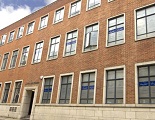
 0800 033 7800
0800 033 7800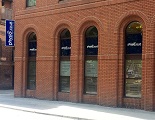


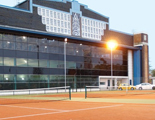






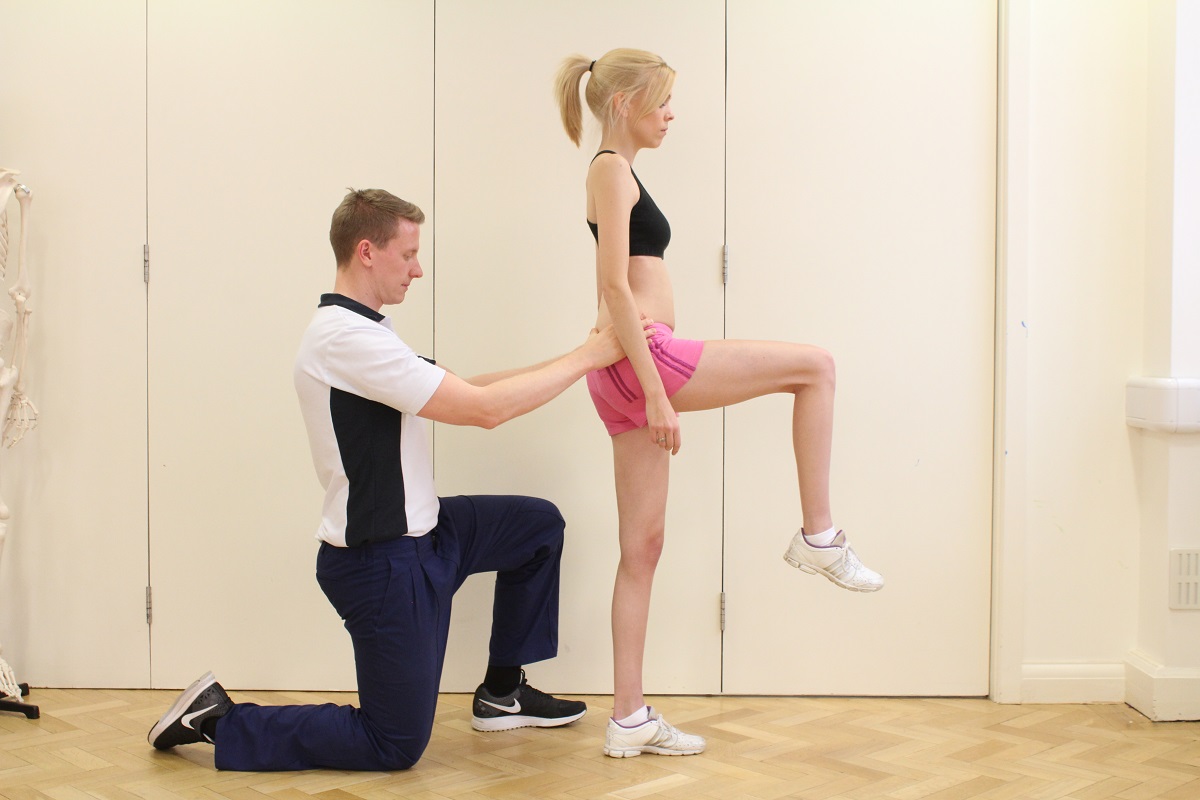
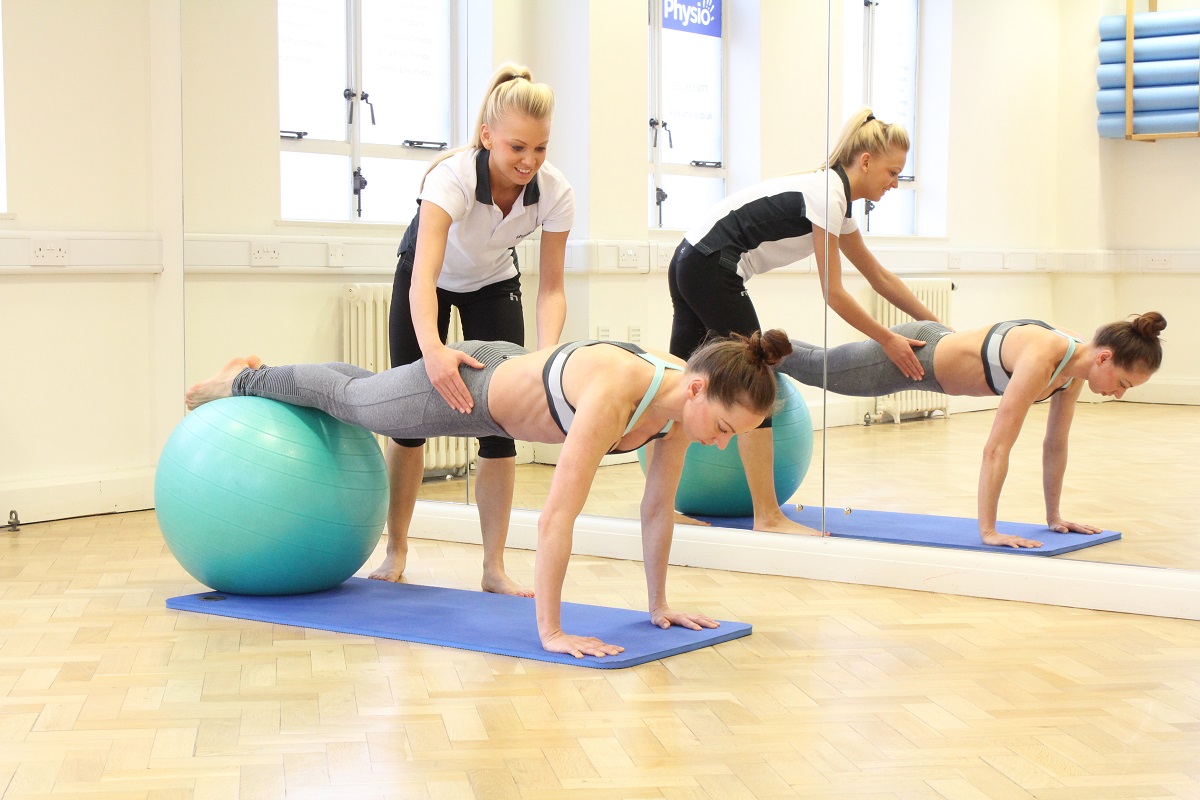
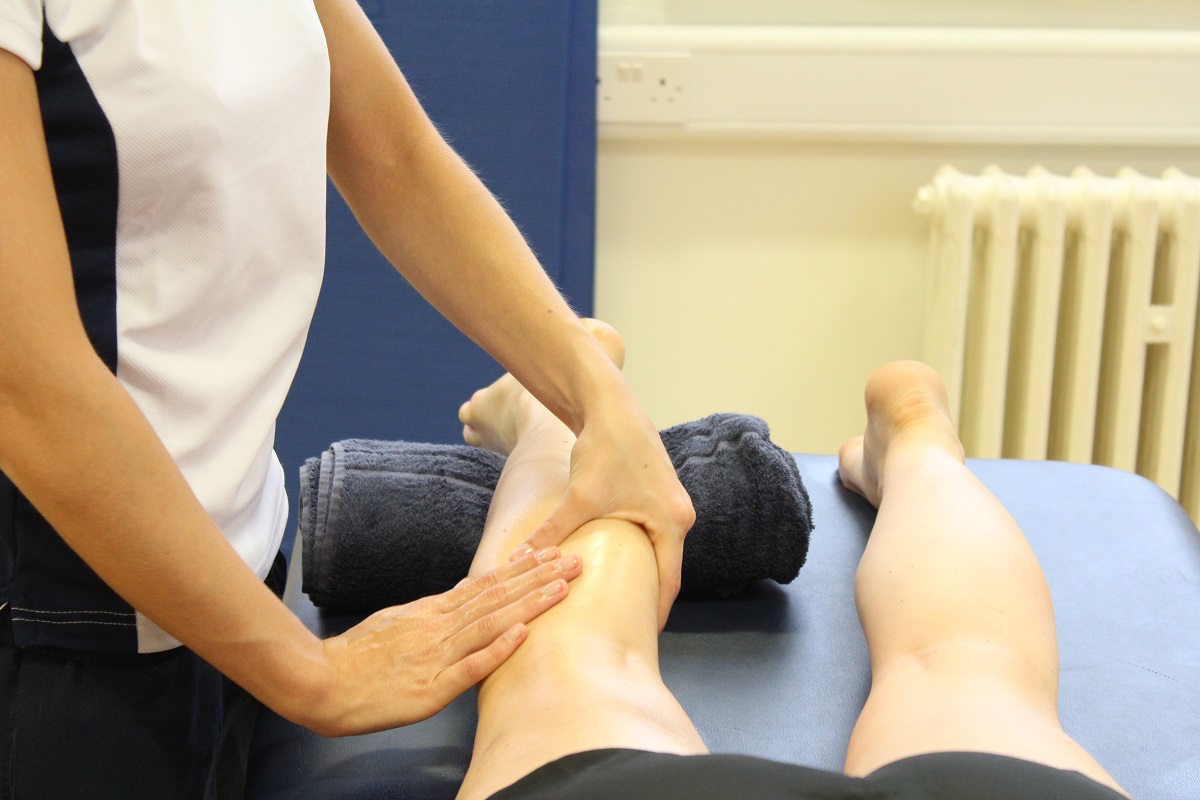
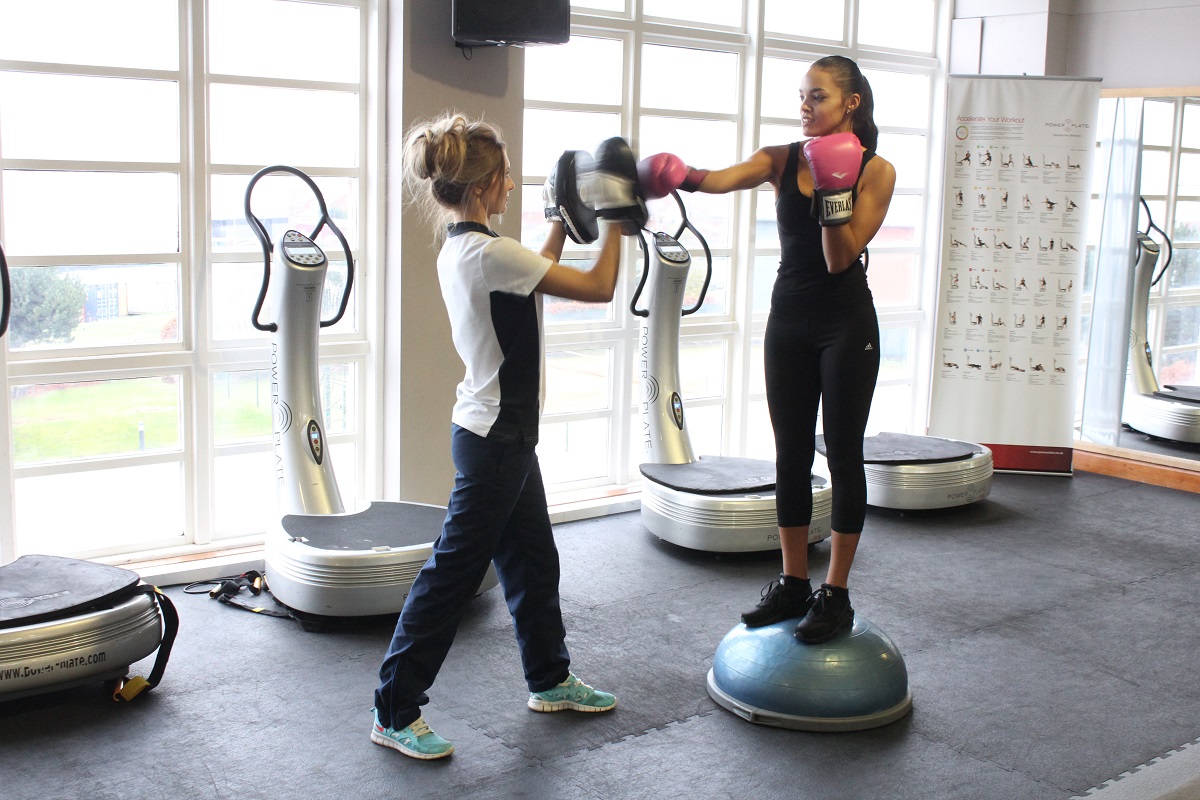
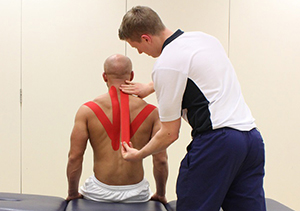

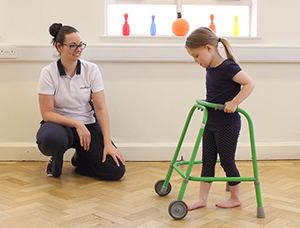
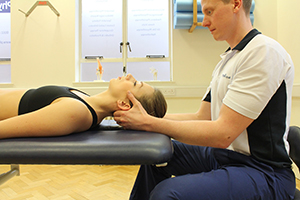
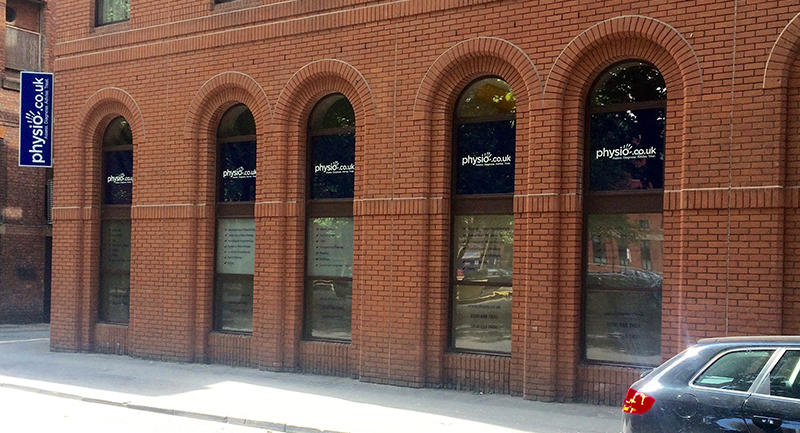
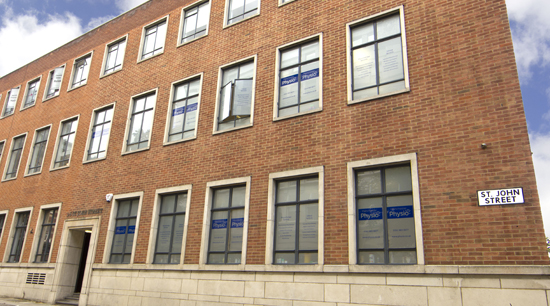


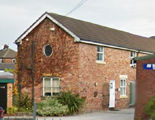
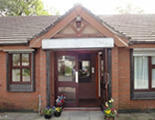



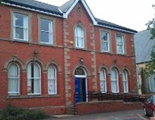




























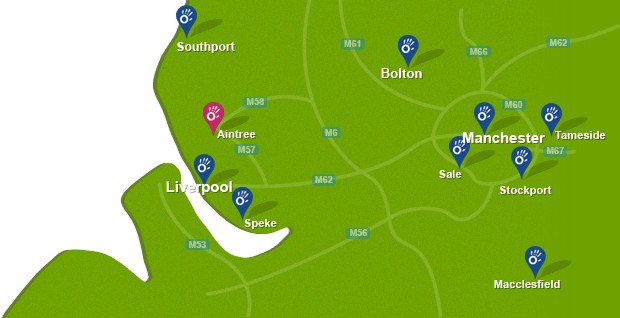

 f
f
